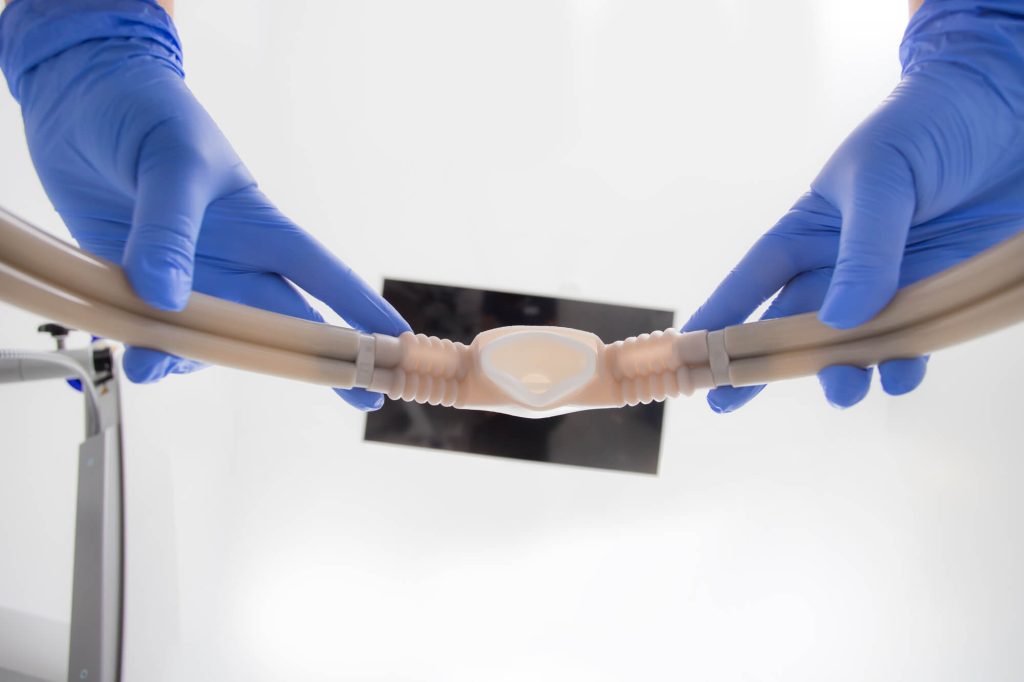Laughing gas or nitrous oxide in Richmond has played a significant role in dental practices for many years, revolutionizing how we approach patient comfort and anxiety management. Today, this valuable tool is administered through a small mask over the patient’s nose. When inhaled, it is rapidly absorbed into the bloodstream through the lungs.
Let’s dive into the intriguing origins and advancements of nitrous oxide use in dentistry.
Discovering the Soothing Power of Nitrous Oxide
Origins in Dentistry
In the 18th century, a British chemist named Joseph Priestley first discovered nitrous oxide. However, it wasn’t until the early 19th century that nitrous oxide began to be used in dentistry. Dentists quickly recognized its anesthetic and analgesic properties, making it a valuable tool for pain management during dental procedures.
Nitrous Oxide Parties
Interestingly, nitrous oxide gained popularity outside the dental field during the 19th century. “Laughing gas parties” became a social trend, where people inhale nitrous oxide for recreational purposes, experiencing a temporary state of euphoria and uncontrollable laughter. This widespread recreational use helped spread awareness of nitrous oxide’s effects and potential applications in dentistry.
Advancements in Administration
Over time, advancements were made in the administration of nitrous oxide. In the mid-20th century, the development of nitrous oxide delivery systems allowed for more precise control of dosage and concentration. This innovation improved patient safety and comfort, as dentists could tailor the nitrous oxide levels to individual needs.
A Valuable Tool for Dental Anxiety Management
Nitrous oxide continues to be widely used in dentistry today, primarily to alleviate dental anxiety and fear in patients. Its rapid onset, quick recovery time, and minimal side effects make it a safe and effective option for those who may feel anxious or stressed during dental procedures.
Nitrous Oxide and Pain Management
In addition to its anxiolytic effects, nitrous oxide provides mild analgesia, reducing pain perception during dental treatments. Dentists can create a more comfortable patient experience by combining nitrous oxide with local anesthesia.
Do You Have Questions About Nitrous Oxide in Richmond?
As dental practices evolve, so do sedation techniques. Nitrous oxide can be used with other sedation methods, such as oral sedatives or intravenous sedation, to provide deeper levels of relaxation for patients with more severe dental anxiety.
If you want to learn more about nitrous oxide sedation, contact the experts at Commonwealth Endodontics to make an appointment!
